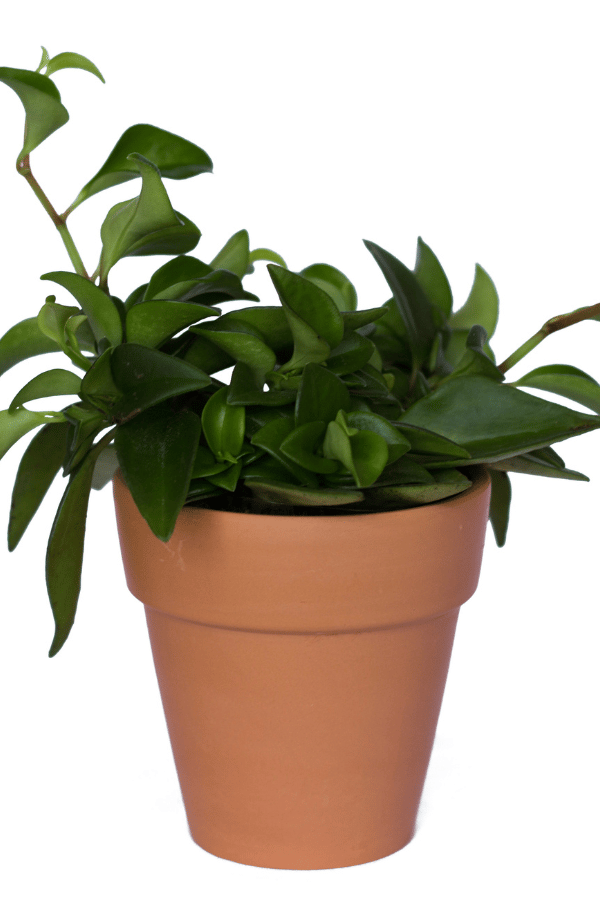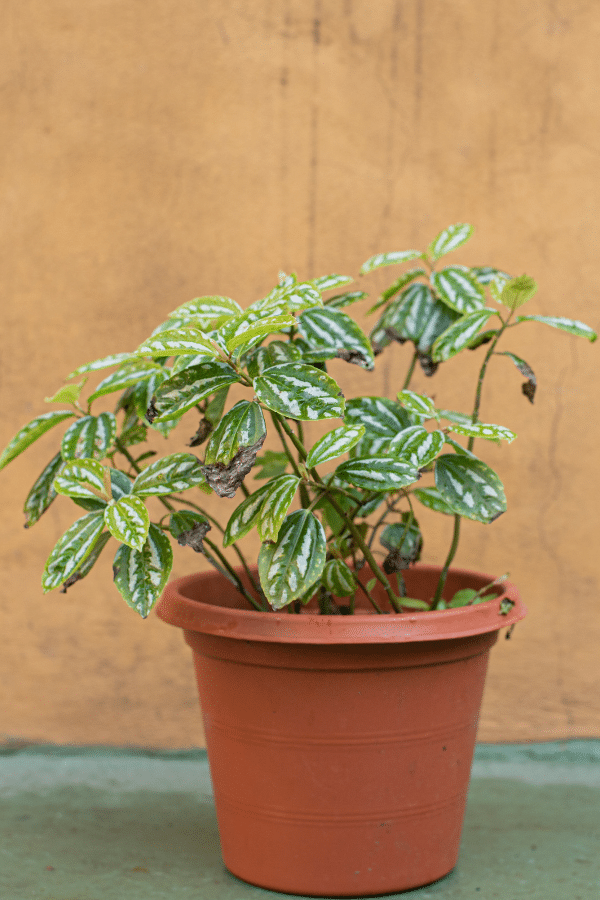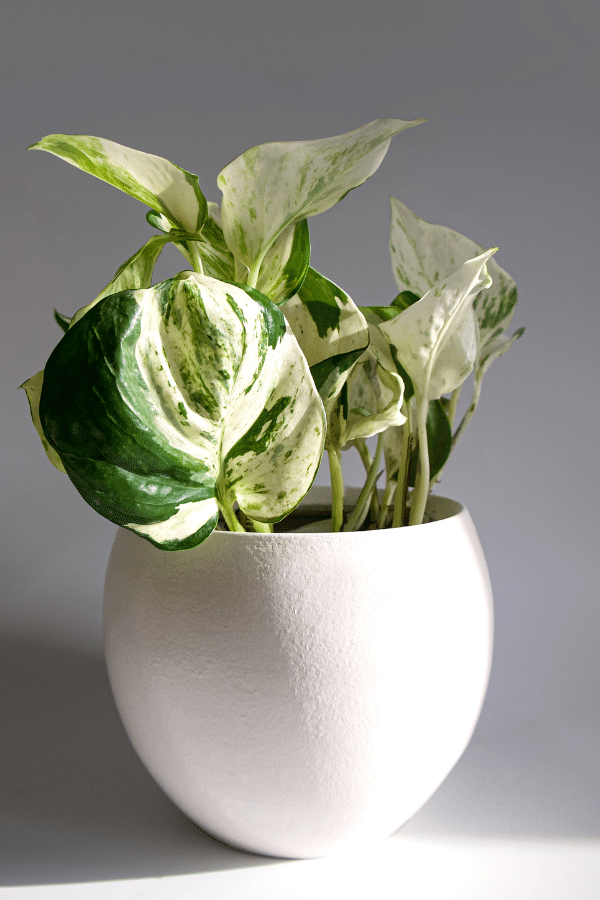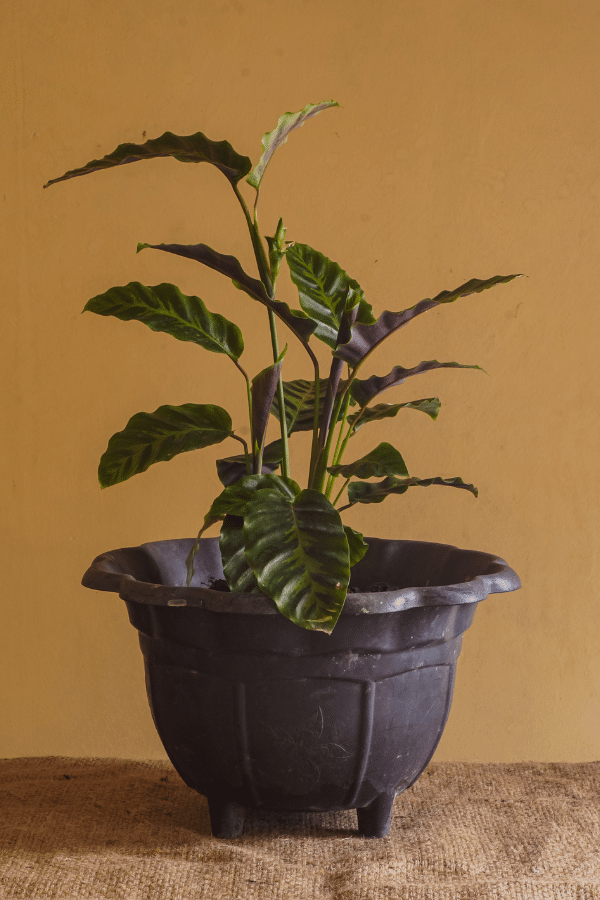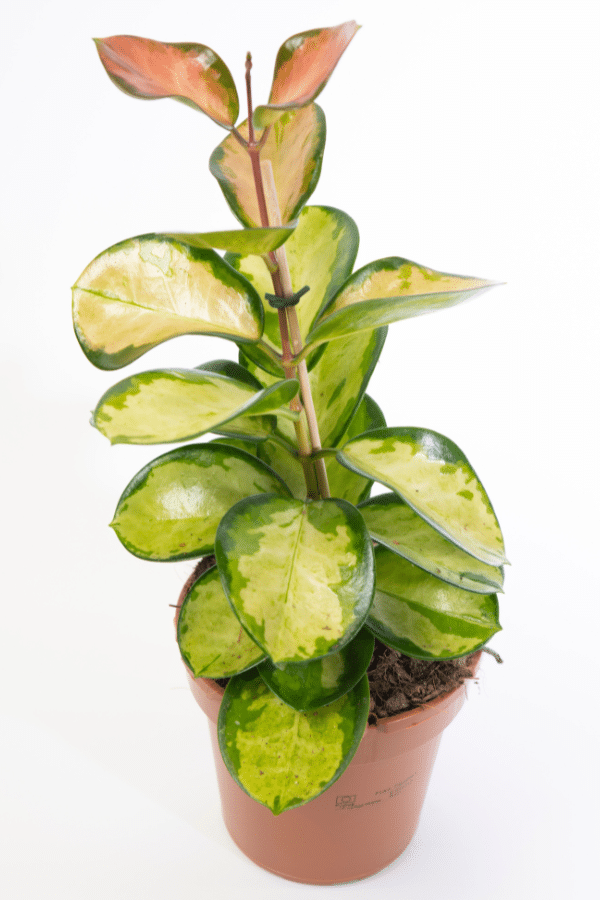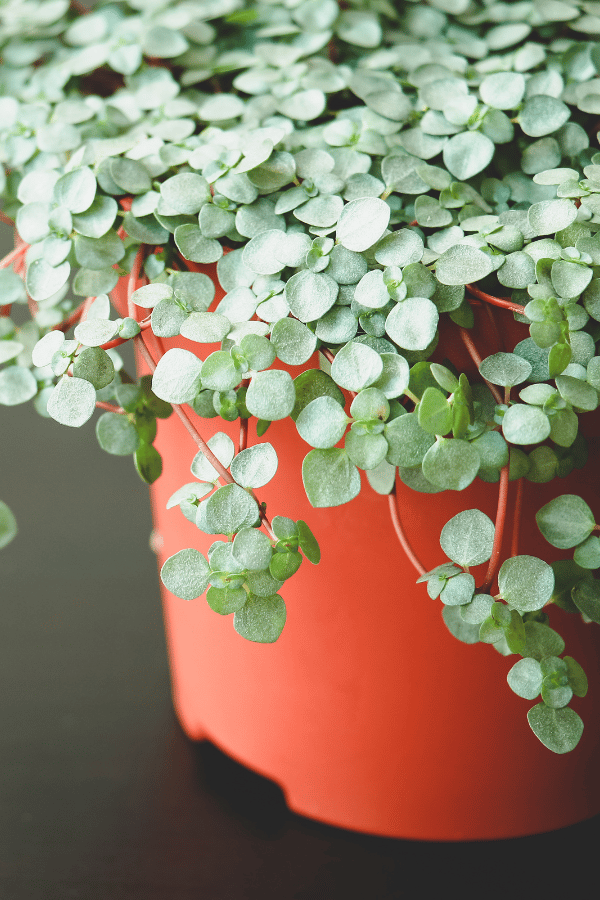Bunny Ear Cactus
Scientific Name: Opuntia Microdasys
Common Name: Bunny Ear Cactus, Polka Dot Cactus
Bunny Ear Cactus care is an easy Cactus to grow and care for. If you want a houseplant that will give you unique desert vibes, consider getting a Opuntia Microdasys so long as you have the environment for them to thrive.
To give this Cactus plant the best care, it requires sandy, well-draining soil, allow the soil to dry out thoroughly before watering, provide it with bright direct sunlight inside, temperatures ranging from 70-100F, and low to average humidity levels.
Quick Care Overview
| Common Name | Bunny Ear Cactus, Polka Dot Cactus |
| Scientific Name | Opuntia Microdasys |
| Family | Cactaceae |
| Origin | Northern Mexico & Arizona Desert |
| Growth Rate | Slow |
| Identification | Cactus with thick circular pads resembling bunny ears |
| Height | Up to 3 feet tall |
| Soil | Sandy, well-draining soil |
| Water | Allow soil to dry out thoroughly before watering |
| Temperature | 70-100F |
| Sunlight | Bright direct sunlight |
| Toxic to Cats & Dogs | No |
| Toxic to Humans | No |
| Pests | Mealybugs, scale |
| Diseases | Root rot |
Below we will dive deep into this Bunny Ear Cactus care guide.
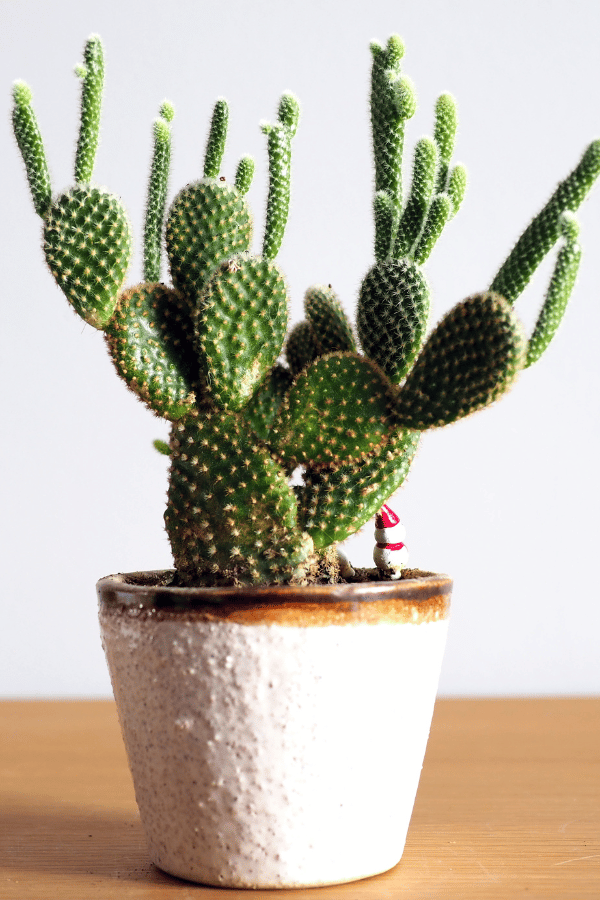
Bunny Ear Cactus History
Mexico native Opuntia Microdasys, known as the Bunny Ear Cactus, Polka Dot Cactus, or Angel’s Wing Cactus, is a low-maintenance, attractive prickly cactus featuring a glochid or “white dot” on its surface containing hundreds of tiny bristles. Unfortunately, this plant has become increasingly difficult to find available for purchase.
Bunny Ear Cactus Identification
Unlike many other cacti, this cactus does not develop spines. But is known for its thick pads that are covered in short bristles. Instead of spines, these cacti develop fuzzy whitish glochids. Pad-like stems will grow up to six inches.
Bunny Ear Cactus Growth Facts
The Bunny Ear Cactus is extremely slow growing and may take up to 20 years to reach maturity.
How Big Does a Bunny Ear Cactus Get?
When cultivated indoors, the Bunny Ear Cactus will grow up to 3 feet tall and have about a 4 feet foot spread.
Bunny Ear Cactus Care
This cactus is particularly easy to care for, as it actually thrives on neglect. Just ensure that you do not overwater your cactus and that you provide it with enough sunlight.
Bunny Ear Cactus Soil
Like many other cacti, the Bunny Ear Cactus prefers to be grown in sandy, well-draining soil. Therefore, a commercial cacti/succulent mix will be perfect for this plant. Alternatively, you may create your own potting mix by mixing perlite and coarse sand into a quality commercial potting mix at a 1:1:1 ratio.
Bunny Ear Cactus Fertilizer
This cactus does not require regular fertilization. However, it will benefit from a feeding from a cactus/succulent fertilizer in early spring. Ensure to follow all label instructions.
Bunny Ear Cactus Watering
As this cactus naturally dwells in the desert, it is drought-tolerant and does not require frequent watering for survival. Conversely, this plant is susceptible to overwatering and prone to root rot, so moisture levels should be kept to a minimum. Allow the soil to dry out thoroughly before rewatering. In its natural environment, this cactus can survive several weeks without water.
Bunny Ear Cactus Light Requirements
Your Bunny Ear Cactus will require bright direct sunlight when cultivated indoors. As such, you should select a very sunny spot in your home to place your cactus, such as near a southern-facing window. The bunny ear cactus should receive at least six hours of direct light daily.
Bunny Ear Cactus Temperature & Humidity
The Bunny Ear Cactus will require arid, dry conditions between 70 to 100 degrees Fahrenheit and will not tolerate cold or excess humidity. This plant should be kept away from humid conditions, as this may cause stress to your plant. Do not expose this plant to cool temperatures, as this may also cause stress or permanent damage.
Repotting Bunny Ear Cactus
You should repot your Bunny Ear Cactus every 2-3 years. Ensure that you utilize gloves when repotting to protect yourself from its bristles. You may also use tongs to assist in repotting. Select a container size that is 1-2 sizes bigger, refresh the soil, tamp lightly, and water.
Bunny Ear Cactus Maintenance & Pruning
It is unlikely that you will need to prune your Bunny Ear Cactus unless it has become squishy due to overwatering. However, healthy pads may be pruned off to propagate. It is suggested to use gloves when handling this plant

Bunny Ear Cactus Propagation
You may easily propagate your cactus through cuttings. It is suggested to use gloves when handling this plant to avoid injury from glochids. To propagate, remove a pad from the cactus and allow to callus overnight. Next, place in a container with fresh potting mix and place in direct sunlight. Withhold watering for a few weeks until roots have begun to form.
Bunny Ear Cactus Toxicity
Toxicity to Humans
The Bunny Ear Cactus is considered non-toxic to humans. However, the glochids may be irritating to the skin. You should avoid touching this plant and keep this plant away from small children and babies.
Toxicity to Cats & Dogs
The Bunny Ear Cactus is not toxic to pets. However, you should avoid allowing your cat or dog to come in contact with this plant, as the glochids may injure them.
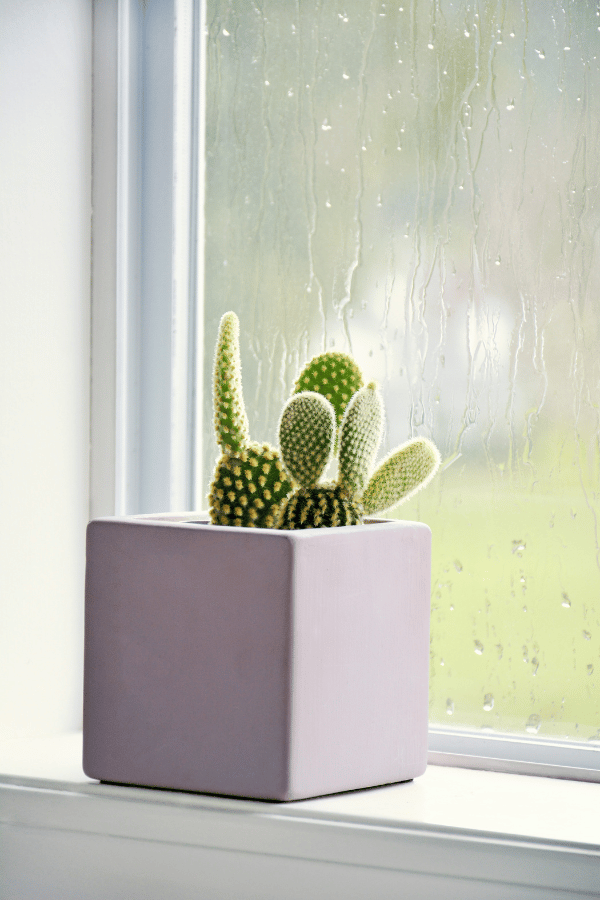
Bunny Ear Cactus Problems
Bunny Ear Cactus Leaves Turning Yellow
When the Bunny Ear Cactus turns yellow, it is due to the plant being under stress. This may be due to improper watering or from being planted in poorly draining soil.
Bunny Ear Cactus Leaves Turning Brown
The number one cause of a Bunny Ear Cactus turning brown is due to pest infestation, such as from scale. Upon identifying an infestation, isolate your plant, and treat with a pesticide.
Bunny Ear Cactus Diseases
The Bunny Ear Cactus is considered relatively disease resistant. However, it may be affected by issues such as root rot due to overwatering. It is best to avoid overwatering, as typically by the time root rot is discovered, it is too late to successfully save the plant.
Bunny Ear Cactus Pests
Your Bunny Ear Cactus may become occasionally susceptible to infestation from common indoor houseplants pests such as mealybugs or scale. Upon identifying a pesticide, isolate your plant and treat it with a pesticide or apply rubbing alcohol to the affected areas with a Q-tip. Ensure to follow all pesticide instructions.

